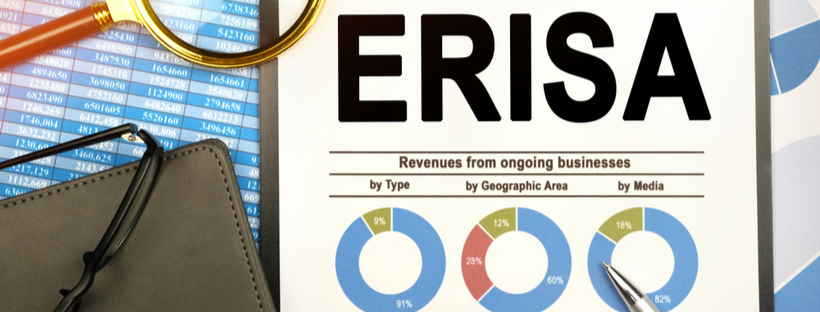
ESG Investing in ERISA Retirement Plans
While Environmental, Social and Governance (ESG) criteria investments that don’t sacrifice returns or hold greater investment risk are permitted in ERISA plans, a 2020 U.S. Department of Labor (DOL) rules modification established a higher bar for including ESG investments in a qualified plan and cast a cloud over ESG investment options.
To view the full article please register below:
ESG Investing in ERISA Retirement Plans
Investment managers and other Employee Retirement Income Security Act (ERISA) plan fiduciaries well know that they are not permitted to sacrifice investment returns or assume greater investment risks to advance social goals. While Environmental, Social and Governance (ESG) criteria investments that don’t sacrifice returns or hold greater investment risk are permitted in ERISA plans, a 2020 U.S. Department of Labor (DOL) rules modification established a higher bar for including ESG investments in a qualified plan and cast a cloud over ESG investment options.
This 2020 rule clarified that a fiduciary’s duty of prudence was met only when decisions were based on pecuniary factors (i.e., factors the fiduciary determines have material effect on the risk/return of an investment). In other words, ESG could only be applied to financially equivalent investments and that, with any ESG investment selection, a fiduciary is required to document the ESG investment was indistinguishable from a non-ESG investment alternative. The rule also prohibited the use of an ESG investment from being a qualified default investment option (QDIA). These modifications had the effect of discouraging the use of ESG-oriented funds in ERISA plans.
A New View Emerges
Under the Biden Administration, the DOL proposed to reverse the rules laid down in 2020 and allow plan fiduciaries to consider climate change and other ESG factors as risk factors affecting workers’ financial security when selecting investments and voting on shareholder issues.
Following an executive order by President Biden, the DOL announced it will not enforce the 2020 rules or pursue enforcement actions against failure to comply with those rules.
The DOL’s new proposal, Prudence and Loyalty in Selecting Plan Investments and Exercising Shareholder Rights, was issued in October 2021. Under this proposal, the DOL would amend the investment duties regulation, facilitating consideration of climate change and other ESG factors when evaluating and selecting investments for an ERISA plan. This proposal:
- Changed regulatory language to clarify that a fiduciary’s duty of prudence may require evaluating the economic effects of climate change and other ESG factors.
- Eliminated the prohibition against an ESG-oriented fund serving as a plan’s QDIA.
- Amended the tie-breaker standard so that fiduciaries can consider non-pecuniary factors when evaluating competing investments that are economically indistinguishable. Moreover, the 2020 rule requiring documentation for this decision to select one investment over another based on ESG considerations would no longer be required. The tie-breaker amendment also removed any reference to ESG since the DOL found it to be an imprecise term.
- Eliminated certain restrictions on proxy votes that existed under the 2020 rule.
This now represents the definitive guidance from the DOL. The DOL is providing a 60-day grace period following publication of the Final Regulation in the Federal Register. The language guiding the use of non-pecuniary factors to select a QDIA will take effect April 30, 2022.
Please reference disclosures: https://blog.americanportfolios.com/disclosures/












